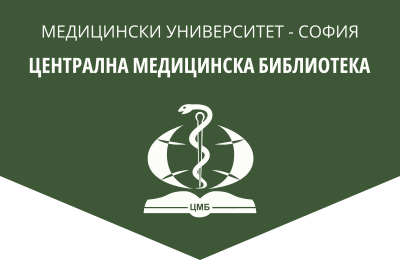The mechanisms of resistance in Streptococcus agalactiae
Medical Review (Med. pregled), 2023, 59(2), 5-12.
V. Boyanov, A. Aleksandrova, R. Gergova
Chair of Medical Microbiology, Faculty of Medicine, Medical University – Sofia
Abstract. Streptococcus agalactiae, first described in 1887, is referred as Group B Streptococcus (GBS) in Lancefield classification. They are Gram-positive fast-growing facultative anaerobic cocci, which arrange in chains and often give β-hemolysis on blood agar. After S. pyogenes, S. agalactiae is the second most common representative of the genus causing different in severity and location infections and also manifesting as an opportunistic pathogen causing invasive infections among immunocompromised patients. Infections and asymptomatic carriage during the pregnancy are dangerous due to the high risk of complications for the pregnant woman herself and/or contamination of the fetus and newborns. Infections among non-pregnant adults with this etiology have become more frequent in the last years because of increasing lifespan, the numerous immunocompromised patients and the prevalence of type 2 diabetes mellitus. Infections with GBS have increased proportionally in recent years showing tendency of antibiotic resistance development to different groups of antimicrobial agents including macrolides, lincosamides, and tetracyclines. A high percentage of S. agalactiae clinical isolates exhibit elevated sustainability, which is not typical for other Streptococcus species.This review analyses in detail antibiotic resistance mechanisms and provides up-to-date information about the occurrence, frequency and geographic prevalence of resistant and multi-drug resistant strains S. agalactiae to common used antibacterial agents.
Key words: Streptococcus agalactiae, streptococcal infections, mechanisms of resistance to antimicrobial agents
Address for correspondence: Prof. Raina Gergova, MD, PhD, e-mail: rtgergova@gmail.com
